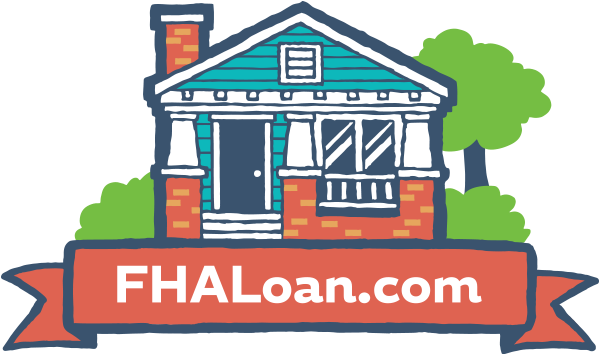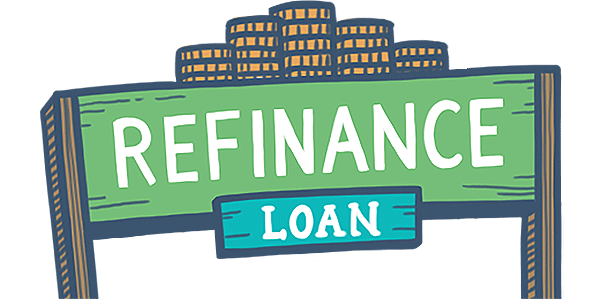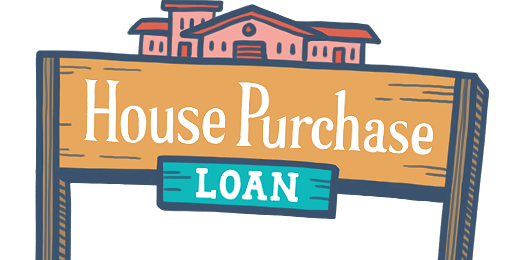FHA Programs for Fixer-Upper Homes
November 8, 2022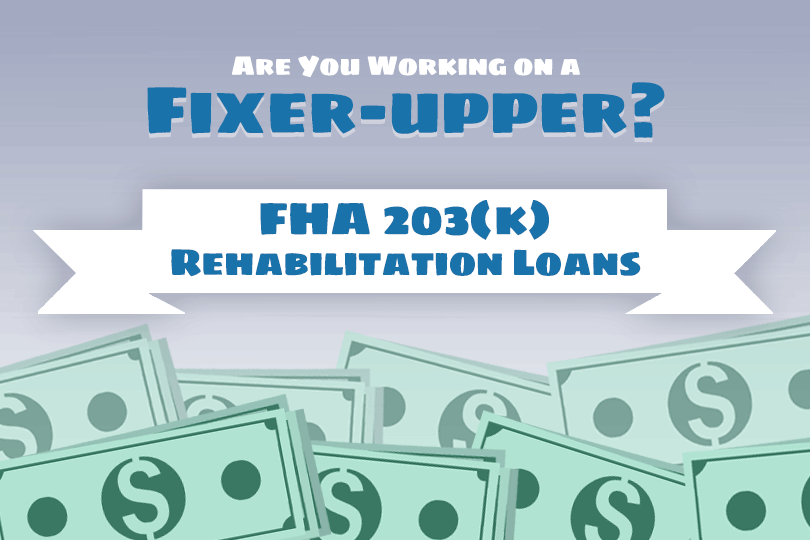
The FHA 203(k) Rehabilitation Loan
The fact is that repairs and renovations to your home cost a lot of money. Luckily, the FHA has an option for those with fixer-uppers on their hands. The FHA 203(k) Rehabilitation Mortgages allows borrowers to finance the funds for renovations to a home. This loan program can be used for purchasing a home, and if can also be secured as a refinance if you already have a mortgage on it.
In the case of a home purchase, the loan covers the purchase as well as the rehabilitation of the home, as part of a single mortgage. This loan can be used to finance a property that is at least one year old. Part of the funds go toward paying the seller, and the rest is placed in an escrow account, disbursed as rehabilitation goes on.
Additionally, the refinance option is not exclusively for FHA borrowers. If you need funds for renovation on a home you are currently paying off with a conventional mortgage, you can refinance to the FHA 203(k) Rehabilitation Mortgage.
The FHA Rehabilitation Loan comes with all of the flexible borrower guidelines that the FHA offers on its other mortgage and refinance programs. However, there are a few other factors that come into play. To qualify for an FHA Rehab Loan, the total cost of repairs must amount to at least $5,000. The FHA Loan Limits still apply, so the total value of the property must fall within the lending limits for that area. With Rehabilitation Loans, the property value is determined by whichever is less:
- The home’s value before rehabilitation plus the calculated cost of repairs, or
- 110% of the appraised value of the property after repairs.
There are some remodeling projects that aren’t as extensive as others. You may not need an entire home loan to afford the renovations you have in mind. In that case, there is a “limited” version of the 203(k) Rehab Loan that lets you borrow without committing to the full mortgage. FHA's Limited 203(k) program lets borrowers finance up to $35,000 for renovations.
To qualify for the limited version of the FHA Rehab Loan, the renovations need to meet some requirements. Here are some of the factors that disqualify a borrower:
- The renovation timeline is expected to be six months or more.
- The project requires more than two payments per specialized contractor.
- The required repairs in the appraisal require a consultant to develop a specification of repairs.
- The repairs require plans or architectural exhibits.
You may also be able to combine the FHA 203(k) Rehab Loan with other FHA programs, such as the FHA Energy-Efficient Mortgage option. Ask your lender about these add-ons, and see what the best course of action is for you and your home!
------------------------------
RELATED VIDEOS:
Disclosures Give Transparency to Borrowers
Understanding the Purpose of Your Mortgage Down Payment
Putting Money Into Your Escrow Account
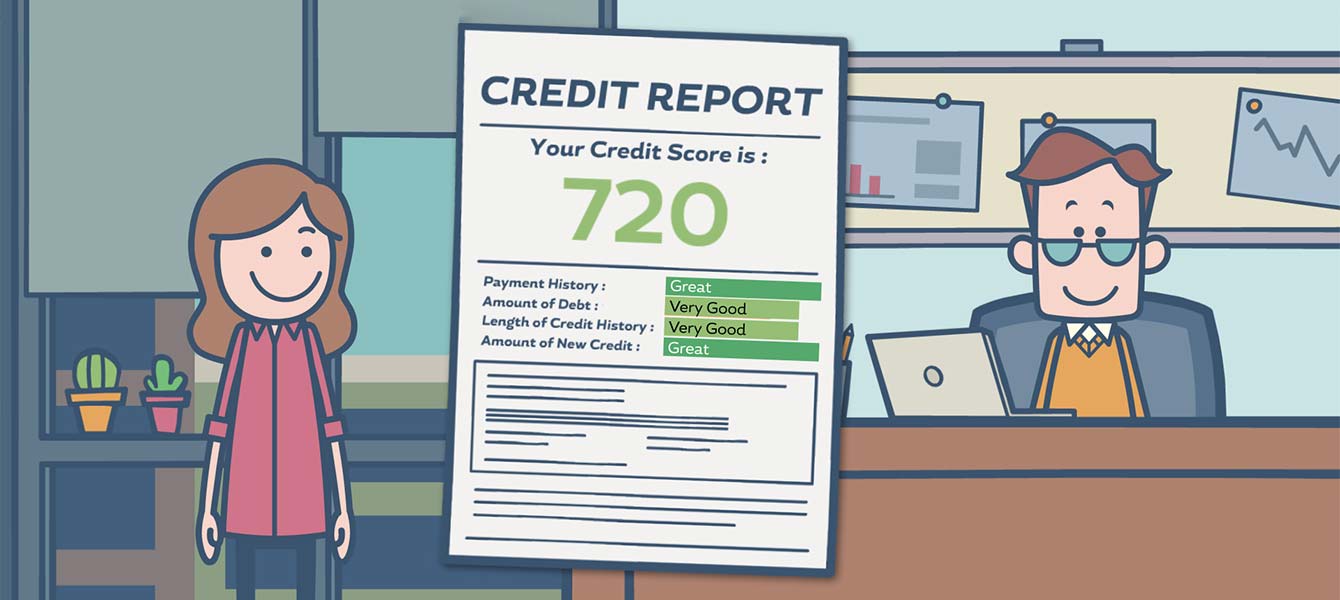
FHA Loan Articles
April 11, 2021With the trend of falling interest rates since 2019, the number of mortgage refinances around the country has spiked and continues to rise. Borrowers with FHA loans can also capitalize on the low rates, but it may be possible to simplify the process with the FHA Streamline Refinance.
April 3, 2021Borrowers can choose to refinance for several reasons, but it comes down to prioritizing different benefits. One homeowner may want the lowest possible monthly payment, while another might want the shortest possible term for their loan.
March 29, 2021The FHA helps first-time and low-income homebuyers by having lower down payment requirements for its borrowers. Despite this lower credit eligibility criteria set by FHA, it is important to remember that FHA-approved lenders can set their own requirements
March 24, 2021One of the major arguments people have for renting instead of buying is the large upfront cost of a down payment. Depending on the type of loan program you apply and are approved for, this could mean anything between 3.5% and 20% percent of your purchase price.
March 21, 2021The two basic types of home loans are fixed rate and adjustable-rate mortgages. The mortgage market offers many other options to homebuyers, but these two are the most common, and the first pair from which to pick.

